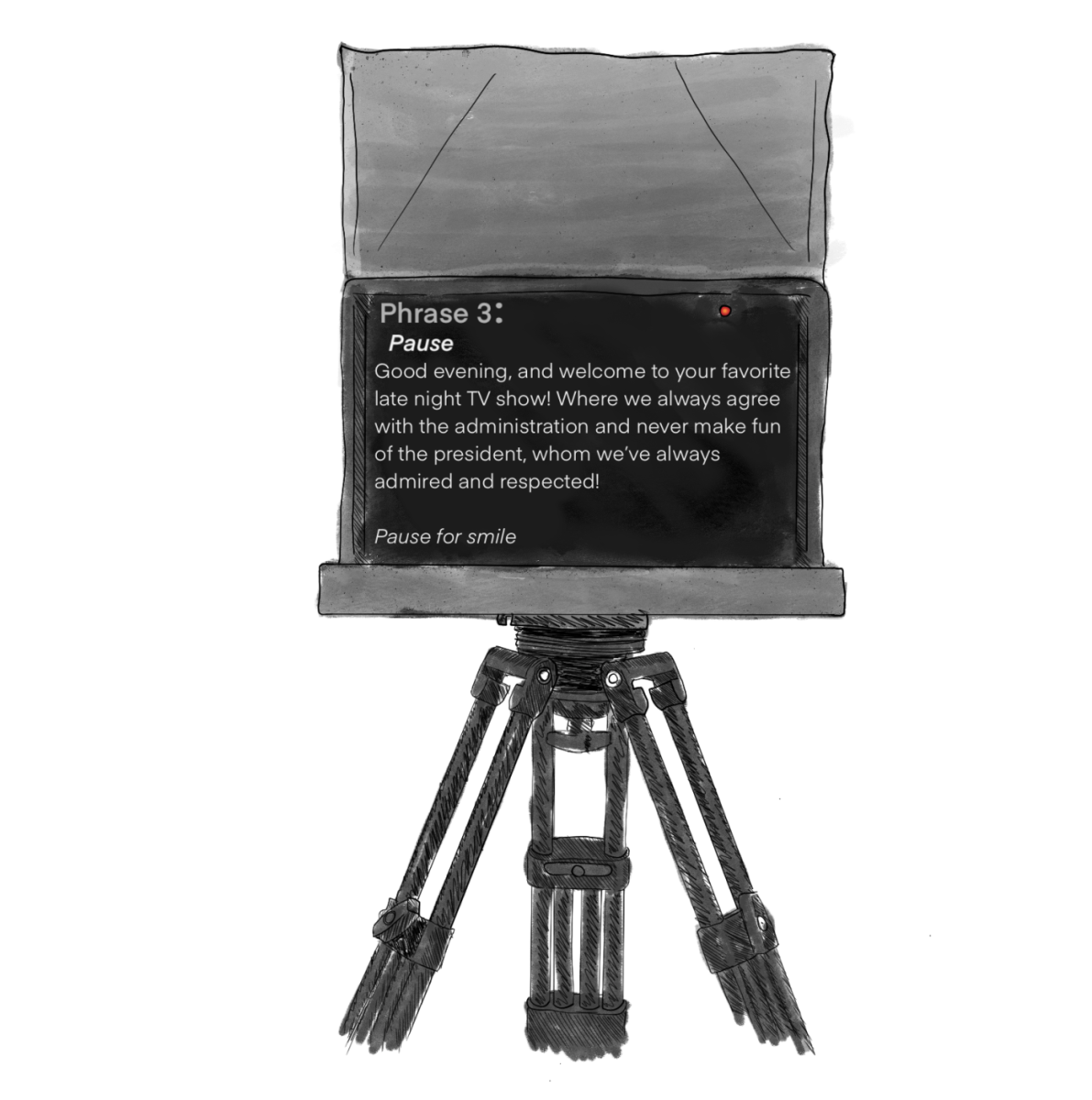Welcome everyone, please take your seats. I look forward to this amazing school year of learning about this interesting yet informative and competitive class. This is the Basics of Yu-Gi-Oh! And the TCG (Trading Card Game) and OCG (Official Card Game) around this card game!
For the class, you will need to create your own deck about half-way through the semester, the deck can have about 40 to 60 cards in a deck with about 10 to 15 in the extra deck you make. These cards can be from the official ban or the forbidden list because we won’t be playing professionally. You’ll have to do your own research outside of class but a lot of the information and basics will be gone over in class through lectures and actually experimentations through playing games and duels with other students. Reading will be through the cards themselves and extra credit will be given through watching the different anime series, if you can, and duels and practice sessions with the professor or other students.
The game has three “simple” card types; monster, spell, and trap cards. With these cards, they have their own kind of types on the card.
With the monster cards; you have a whole variety of cards. They can have no effect or just normal monsters or an effect monster that has an action behind its card like destroying an opponent’s monster or discarding a set number of cards on your opponent’s deck or hand. Like a “hand trap” is a monster that has an effect that can be activated to stop the opponent from opening a “floodgate”. Then if you want to summon a more powerful monster, you can “special summon” monsters that equal the amount of stars that’s shown on top of the card so if the monster you want to summon has 8 stars, you can tribute monsters until it equals 8 stars in order to “special summon” that monster. Other subdivisions of monsters are ritual monsters, fusion monsters, synchro monsters, Xyz monsters, pendulum monsters, link monsters, and monster tokens.
Next are spell and trap cards because they are both similar to each other. Spell cards are mostly cards that benefit the holder and can be played almost immediately after being drawn or having them in your hand if you start the duel. These card’s subdivisions are normal spells that after use are then put in your graveyard, continuous spells that stay on the field indefinitely until destroyed, equip spells that are attached to a monster to increase their attack or defense points, quick-play spells that typically stop a “floodgate” or stop an action from your opponent, field spells that significantly benefit a specific type of monster and also stay on the field until destroyed, and ritual spells that help summon ritual monsters.
Traps are similar except that you have to set the card and wait one turn before you can activate and use it. It’s typically to stop the opponent from doing actions like summoning monsters or harming your life points. For subdivisions, you have normal traps like spell cards, waiting a turn before you use them, continuous traps that stay on the field indefinitely until destroyed, and counter traps that help negate and stop the opponent from “chaining” other effects to benefit them.
With all of this being said, I am only going over the cards themselves and it still feels like I haven’t gone over everything when it comes to the monsters, spells and traps that are in Yu-Gi-Oh! Itself. I haven’t even gone over the placement of the cards on the field, the graveyard, the banish section, the life points, the sportsmanship, the actual ban/forbidden list of Yu-Gi-Oh! and so much more that I can’t write about right now. If anyone is ever interested in this game, please! Come to my office hours or let me know and I can teach you a thing or two about this game, the power creeps, and the decks that can fit you perfectly to win every duel you come across!






